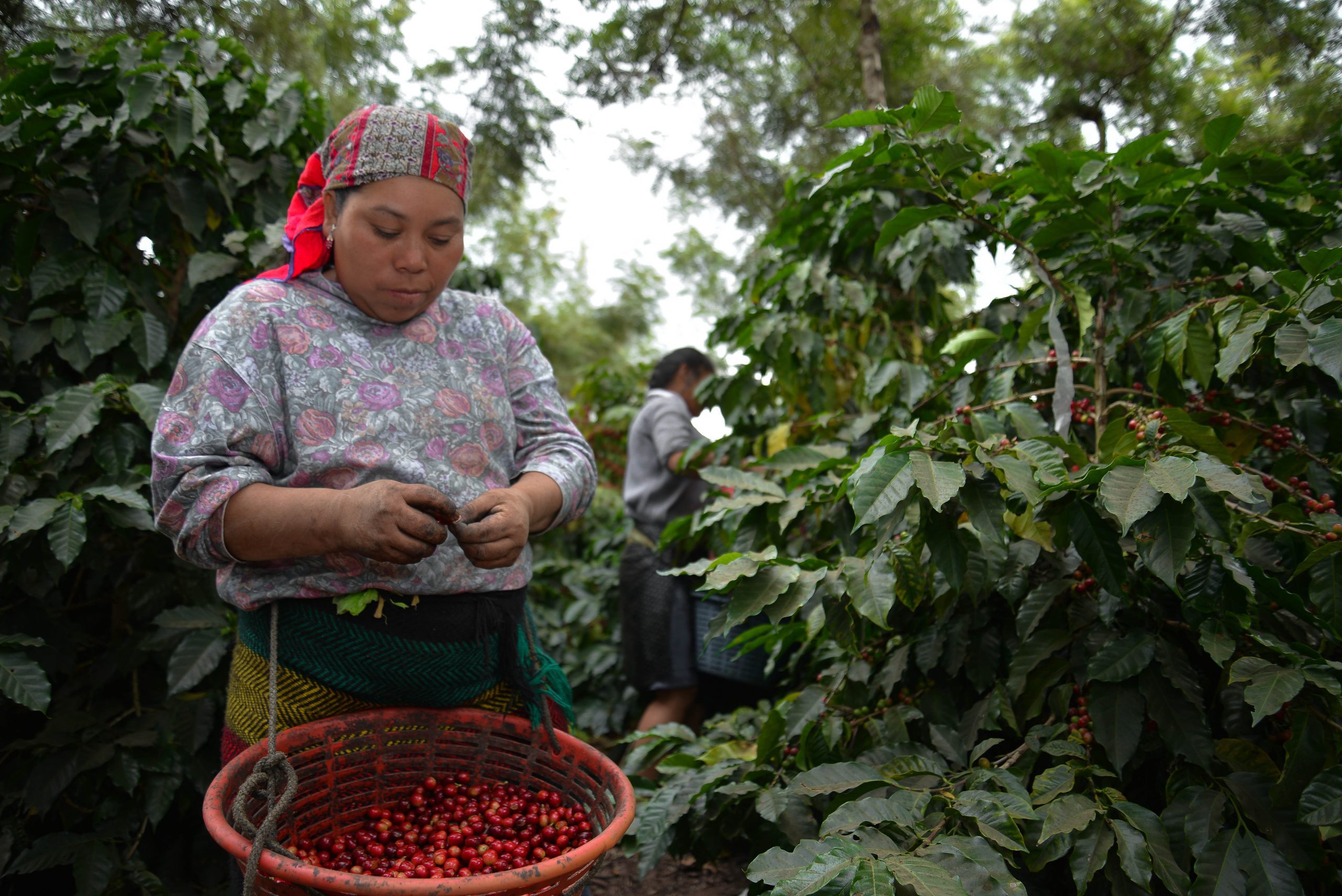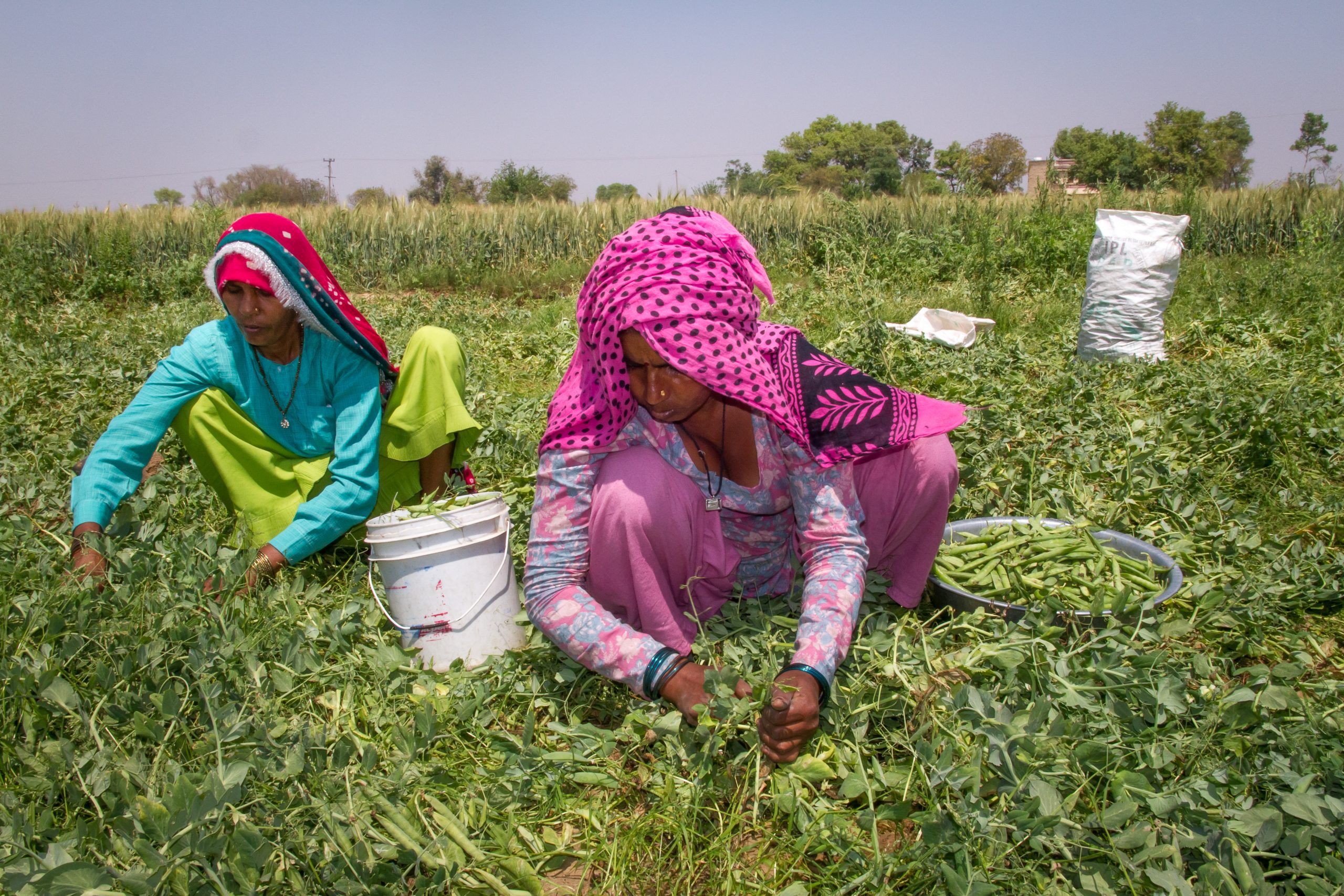5 Ways COVID-19 is Affecting Smallholder Farmers Around the World
TechnoServe is helping farming families in Africa, Latin America, and South Asia restore their income, boost food security, and build resilience to future threats. Learn a few of the ways smallholder farmers have been impacted by COVID-19 and what they are doing to adapt.

Around the globe, 500 million smallholder farmers live on less than $2 per day. These people face immense challenges daily — even in normal times. Now, the COVID-19 pandemic is creating major disruptions for these farming communities. As governments have issued travel restrictions and physical distancing has become the norm, smallholders around the world have seen income streams disappear, faced difficulty carrying out key agricultural activities, and received inconsistent prices for their crops. These challenges are not only affecting farming families but are also disrupting food systems and increasing food insecurity in countries around the globe.
TechnoServe works with thousands of smallholder farmers in Africa, Latin America, and India. To better understand their challenges during the pandemic, we are conducting monthly surveys with nearly 800 of the farmers we work with across the world. The surveys cover five key topics, including food insecurity, overall income, farming business, technology, and COVID-19 awareness. Using the survey results, TechnoServe can adapt programs to better meet farmers’ needs during this difficult period.
Five ways COVID-19 is affecting smallholder farmers:
- Supply chain disruptions from the restricted movement of people and goods.
Many farmers are having trouble accessing supplies, labor, transportation, markets, and technical assistance that they need to profitably grow and sell their crops. The restrictions are most seriously impacting farmers currently trying to plant or harvest crops, and more farmers will be affected the longer the pandemic lasts. According to our July survey results, 34% of farmers reported challenges accessing labor for their farms. One way people are overcoming labor shortages is by grouping together with neighbors to collectively work on the farms.
I used to sell two sacks of passion fruit each week at 300,000 shillings [approximately $82] a bag. Now, due to the suspension of transport systems, closure of markets, and closing of borders, I can only get 50,000 shillings [approximately $14] a bag.”
— Farmer in southern Uganda
2. Many farmers are earning lower prices for their crops.
Since the beginning of the pandemic, some farmers have not been able to sell their crops at all, while others are reporting that the crops they do sell bring them much lower prices. “I used to sell two sacks of passion fruit each week at 300,000 shillings [approximately $82] a bag,” reported one farmer in southern Uganda. “Now, due to the suspension of transport systems, closure of markets, and closing of borders, I can only get 50,000 shillings [approximately $14] a bag. Sometimes, I fail to find a buyer, and they spoil in the garden.” Earning lower prices for their crops often means that farming families have less income to purchase food, pay for their children’s education, and re-invest back in the farm.
3. Farmers have lost additional income sources they rely on.
Most smallholder farmers have other income streams outside of growing their own crops. For example, they might have a side business or work on other farms. However, since the beginning of the COVID-19 pandemic, many of these other income sources have also dried up.
Over 50% of farmers in TechnoServe programs reported experiencing a direct loss of income as a result of the pandemic. On average, farmers have reported losing more than one income stream. In most cases, lost income was from lower crop sales, but also included lost wages and lower non-farm business income.

4. Many costs have gone up, including the price of food and farm supplies.
Smallholder farmers are experiencing a double threat: reduced incomes and higher costs. 69% of survey respondents said that income loss impacted their ability to feed their families. In Nigeria and Uganda, 1 in 3 farmers in our programs reported going hungry in the past week.
“I am facing a serious problem in terms of food,” said a northern Nigerian farmer. “As I am speaking now, I don’t have anything to feed my family today.”
Supply chain disruptions have also made it more expensive to purchase important farm inputs, such as fertilizer and seeds. Of farmers that said they experienced input access challenges, 64% said supply prices at shops had increased, and 40% said shops or markets were closed.
5. Farmers may become less resilient to future threats.
Many smallholder farmers are having to make difficult choices to cope with the effects of the pandemic. 47% of farmers surveyed said they cannot access emergency funds if needed, and 29% of farmers reported having to dip into savings in the last month. The result is a reduction in resilience, which can impact farming families far into the future. TechnoServe is providing targeted support to farmers, helping them restore their livelihoods, boost their food security, and prepare for future challenges.




